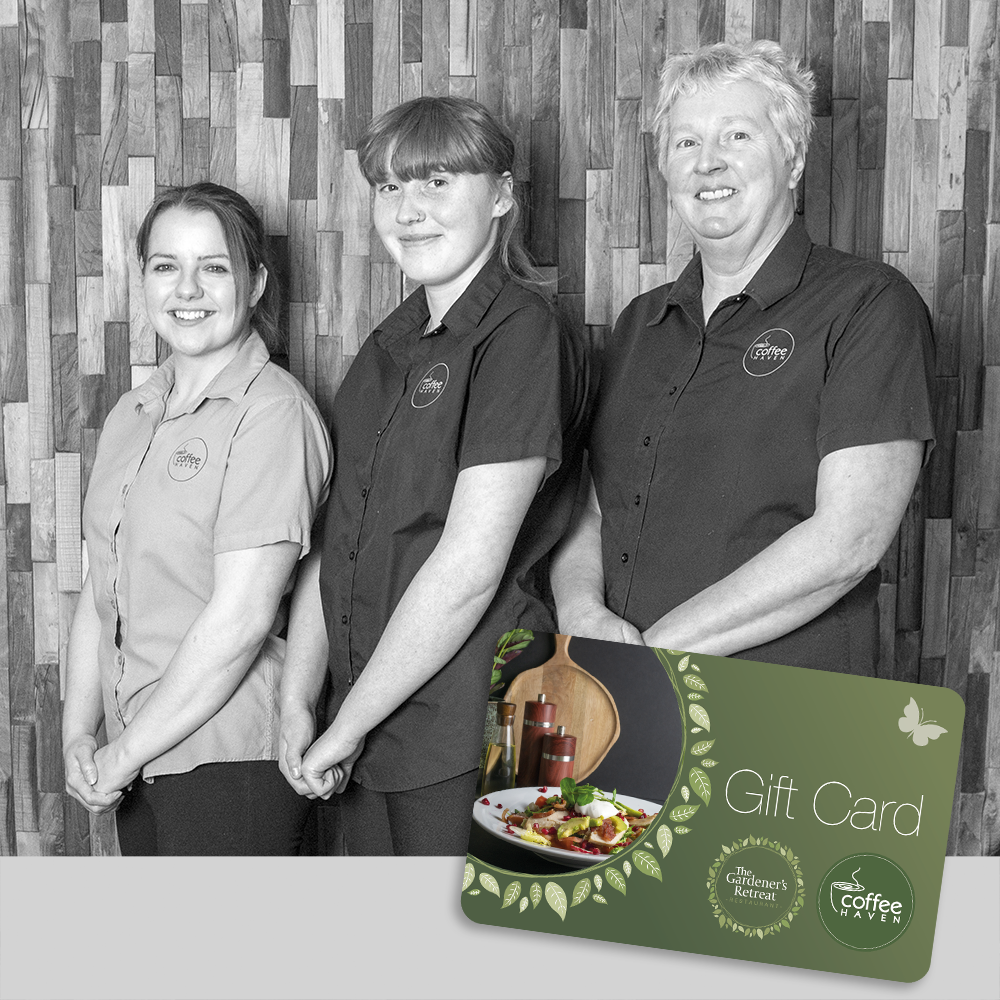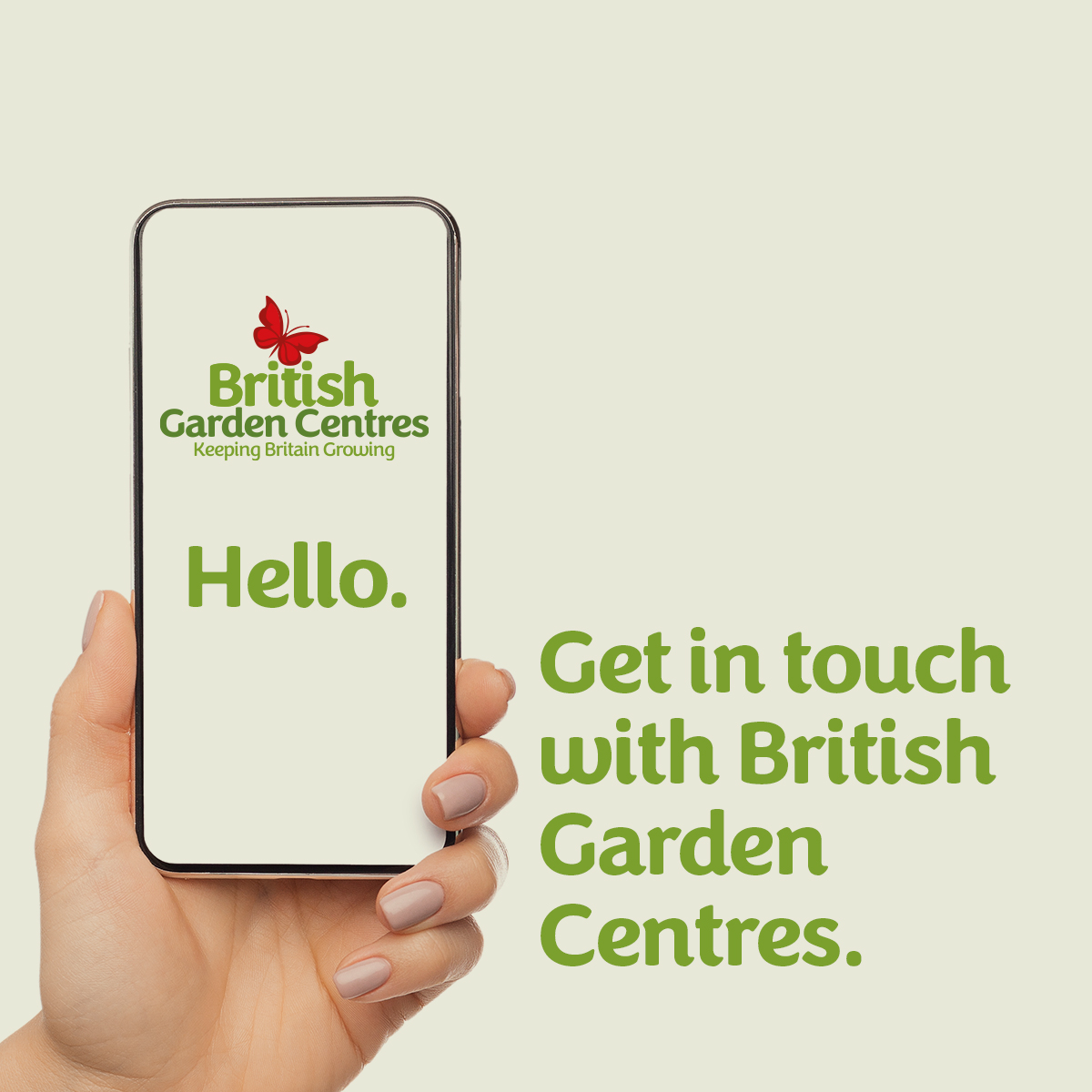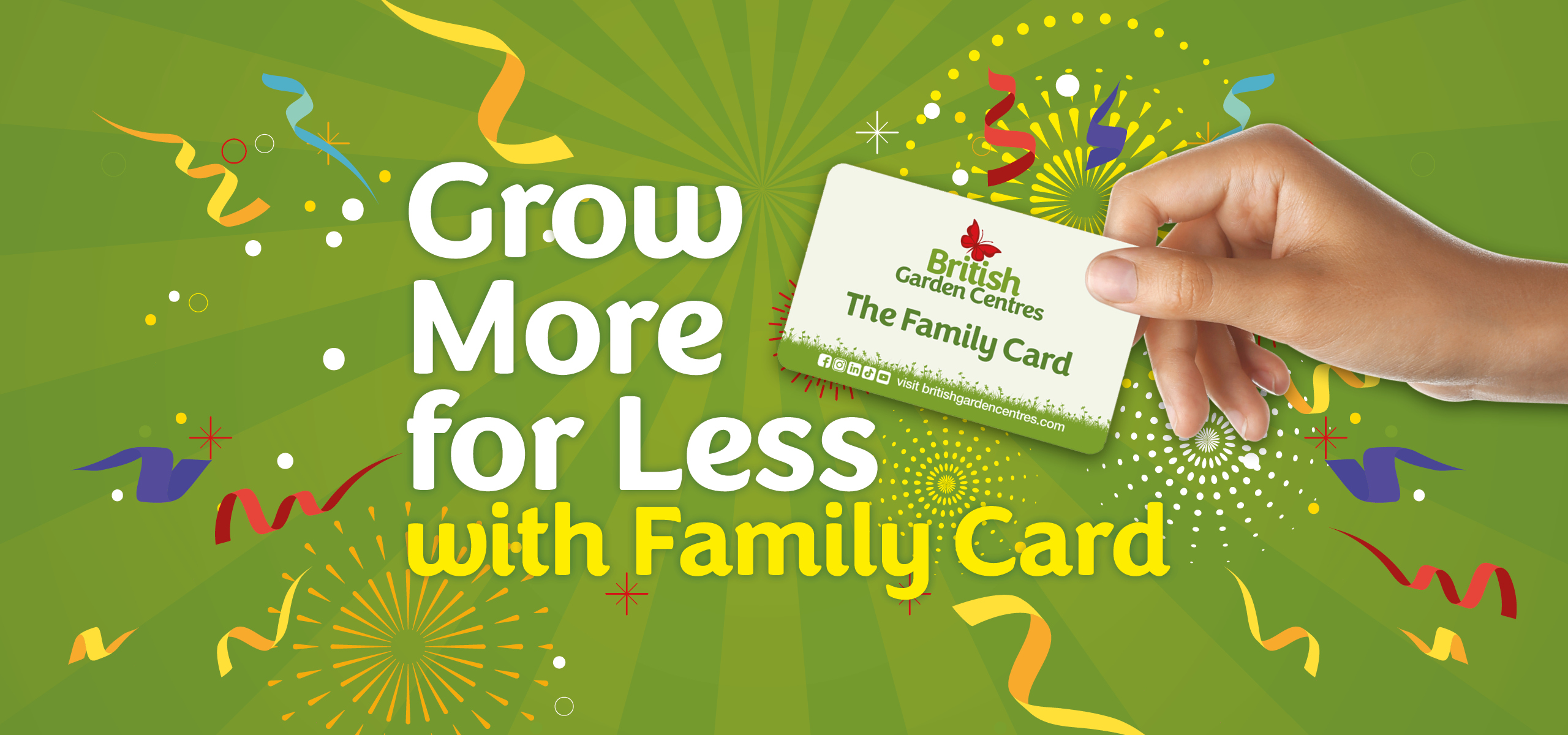National Nestbox Week – Choosing the right bird box with British Garden Centres
Britain is known for its love of birds, and during National Nestbox Week (14th – 21st February), we focus on breeding garden birds during this important time of year. One way to help improve the quality of life for birds is to introduce a bird box to your garden. A nestbox is just as important as a feeder or bird bath when looking after garden birds. The British Garden Centres team has created a guide to help you choose the perfect bird box to ensure birds have a safe and comfortable home.
The bird population in Britain is facing a serious shortage of nesting places as our gardens, parks, and woodlands have been transformed into more neat spaces, leaving fewer natural holes for birds to nest in. The removal of dead trees, the trimming of hedges, and the clearing of fallen branches, which once provided a safe and secure home for birds, are now seen as unsightly and often removed from the landscape.
In addition to this, modern buildings offer fewer nooks and crannies, which birds could use as a place to nest. The design of modern buildings leaves fewer gaps for birds to inhabit. The decline in the ecosystems they inhabit is also contributing. Birds play a vital role in the food chain, and their absence can have far-reaching consequences. Therefore, we must take steps to address this issue by creating more habitats for birds to nest and a nestbox from your local British Garden Centres store is the ideal solution.
How to choose your bird/nestbox
Regarding bird boxes, there are two primary types: those with a hole at the front and open-fronted boxes.
The holed bird boxes tend to be most popular with smaller garden birds such as tits and sparrows. Be sure to look for boxes with a variety of hole sizes to accommodate different species of birds. A small 25-28mm hole is perfect for the tit family and tree sparrows, while a larger 45mm hole is ideal for larger birds like starlings and blackbirds.
Open-fronted boxes are preferred by birds that prefer to nestle in undergrowth, such as robins and song thrushes.
When selecting your bird box, it is important to choose one made from an insulated material like wood, with walls that are at least 15mm thick to prevent warping out in the unpredictable UK weather.
The internal floor area of your bird box should measure at least 130 square centimetres (20 square inches) to allow the birds to lay their eggs and raise their young comfortably. Additionally, drainage holes located at the bottom can be a useful addition, as can a sloped roof to help water runoff during wet, rainy spells. Your local British Garden Centres team will be able to advise the best choices for our feathered friends in your garden.
Positioning your nestbox
We suggest that you position your nestboxes on tree trunks or posts high up and away from predators like cats. Ideally, you should secure them on a tree with plenty of foliage to provide cover and shelter. For boxes with an open front, you can place them at around head height on walls or fences.
We recommend you avoid hanging your bird box in direct sunlight as the birds may not be able to tolerate the heat. Try facing the nestbox between a northern and easterly direction, as this provides natural protection from the weather elements.
Don’t hang multiple bird boxes close together. This can cause aggressive behaviour between neighbouring birds, especially during the nesting season.
Cleaning your nestbox
It’s important to clean your bird boxes at the end of every nesting season. This helps to prevent the spread of avian diseases and keep your feathered friends in good health.
October or November is the prime time to clean and refresh your bird box as they are no longer occupied. The inside of your bird box should be easily accessed through the roof or a side hatch so you can dispose of old nesting materials and give the box a thorough clean before rehanging. Always wear rubber gloves and use boiling water when cleaning.


































